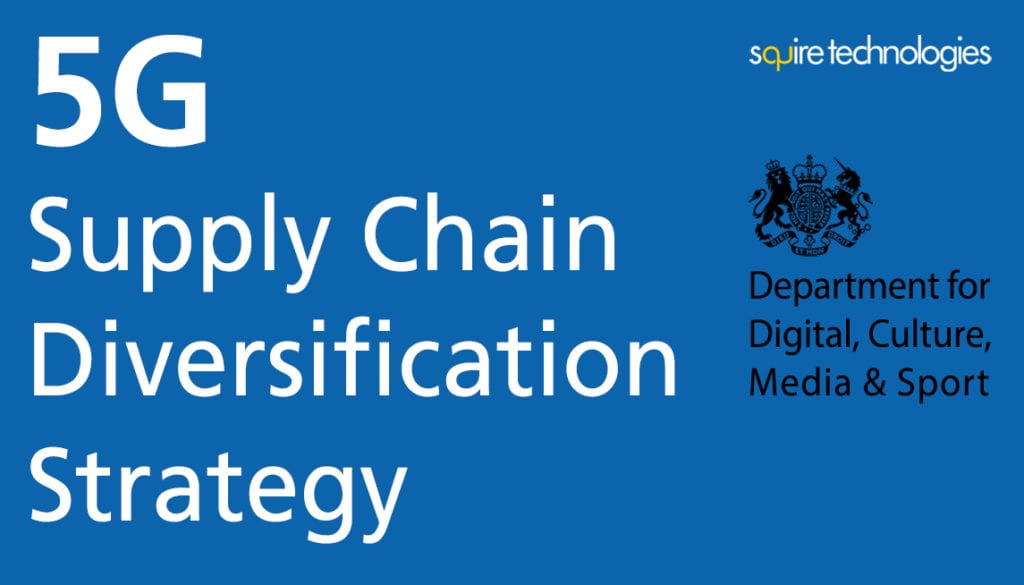As we settle into our third lockdown, for many of us a continuation of working from home since March, the COVID-19 pandemic continues to illustrate the crucial role of our telecoms network, and the importance of ensuring its future integrity.
In terms of the UK’s telecoms network, the release of the government’s 5G diversification strategy has been a welcome boost for homegrown vendors like ourselves. Aimed at diversifying the supply chain to ensure resilience and security in the network in the wake of national security concerns, it signals a levelling up of the playing field for domestic suppliers who have struggled to compete against a small number of global tech giants.
I’ve long shared the concerns surrounding the dependence upon a small number of suppliers, and how this puts the security of the UK telecoms network at risk, not to mention impede the government’s ability to drive innovation in the network that reflects real consumer demand.
While the government’s move to ensure the national security of our networks is a positive one it does leave a hole in the network. The admission that the supply market is not fit for purpose, and that policy interventions are required to address supplier lock-in and incumbent advantages is refreshing to hear. As one of the few remaining independent vendors in the UK we feel confident the UK government has identified the pain points in the supply chain that have previously left us, and new entrants severely handicapped. Ensuring a well oiled supply chain will benefit operators and the wider economy, while ensuring that any gaps in the marketplace are rapidly filled.
As a core network vendor, we’ve seen efforts to encourage interoperability stifled by vendor lock-in from dominant players seeking to protect commercial interests. A focus on interoperability as a default, as well as having a clear roadmap of long term use and provision of 2G, 3G and 4G network services in the UK are welcome features of the diversification strategy. These technologies will continue to play an important role in the network for many years to come, and a healthy network will only thrive through the seamless transmission of data across these different standards.
As we see further commitment to open interface standards such as OpenRAN from UK operators, most recently from Vodafone, the hope is they, and other operators open up their networks with a more diverse approach to procurement.
There is also plenty in the strategy to shout about in terms of R&D, which of course will be crucial in terms of filling the hole left by Huawei and their army of 80,000 or so research engineers and $13billion dollar annual research and development budget. The establishment of the SmartRAN Open Network Interoperability Centre (SONIC) and the UK National Telecoms Lab demonstrate real ambition from the committee. I would add that additional investment into existing R&D strategies, such as the beefing up of Innovate UK and increased funding from the Department of International Trade for global representation of UK companies would also be very welcome.
In conclusion the 5G Diversification Strategy is more than welcome, and with the government already proving that it’s got the teeth for the job having made its bold move against Huawei, it feels they’re committed to the changes necessary to ensure the long-term sustainability of the UK telecoms industry. As the country moves towards another challenging period with Brexit, I’m sure I speak for others who take this ambitious plan for diversification by the Digital Secretary Oliver Dowden and his colleagues on the task force as a beacon of light in an otherwise subdued year.
